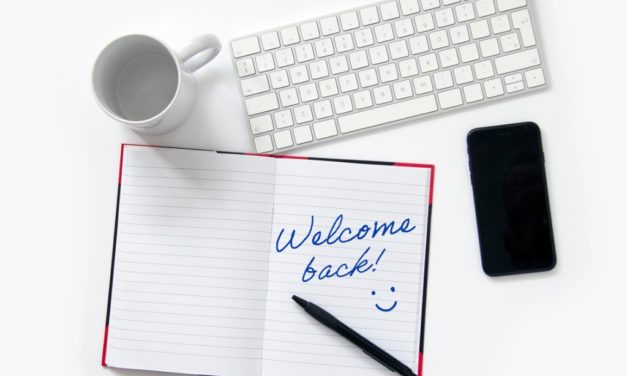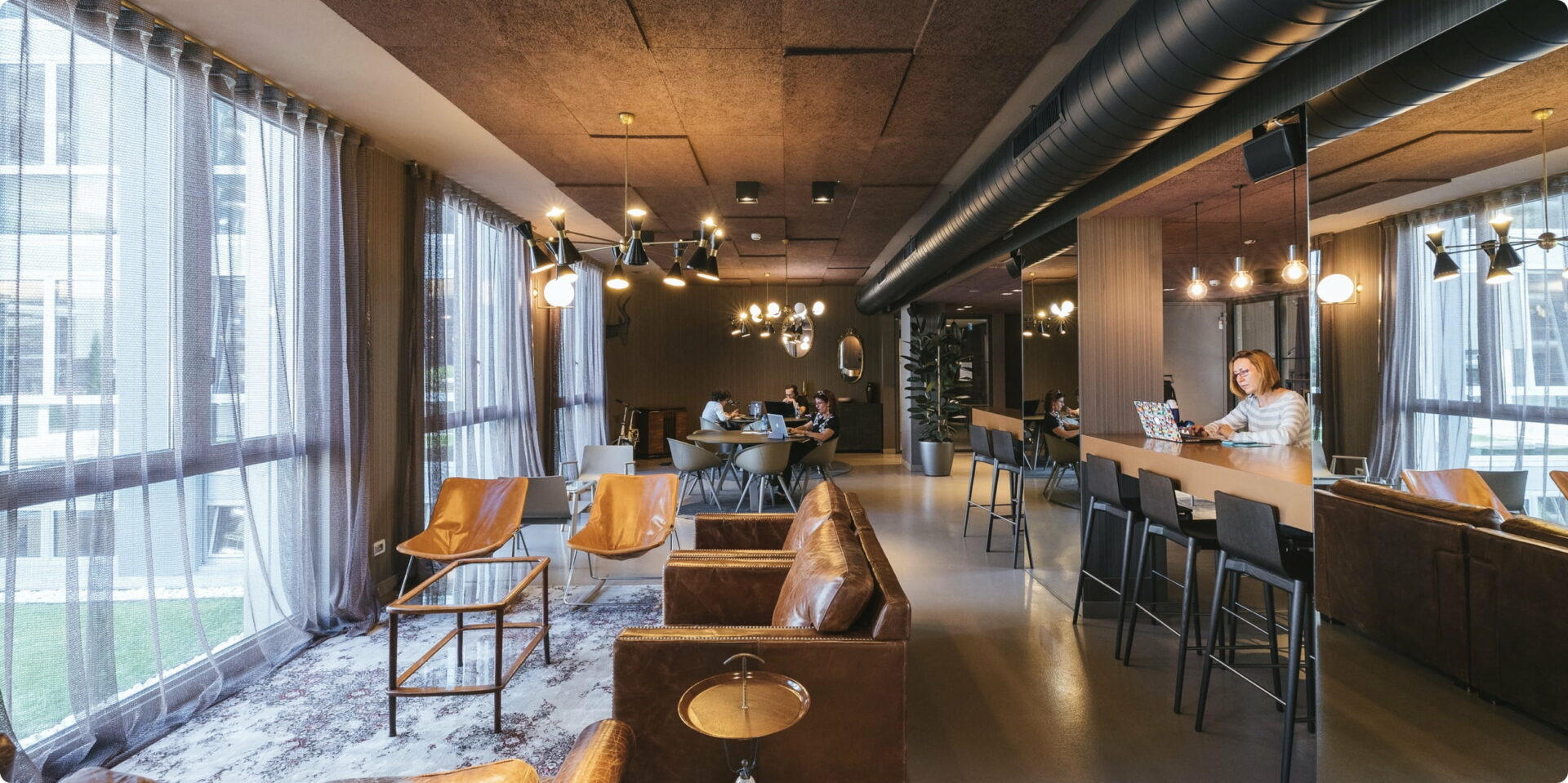Recruit Ireland spoke with CIPD Ireland director Mary Connaughton to learn what employees can expect when they return to the office.
Employees who have been working from home since last March are set to return to the office by September under plans in development by the Government. Thousands of workers will be thrown back together for the first time in months, for some, it will be their first time in 18 months.
Speaking of the UK, Pilita Clarke wrote in an Irish Times article this week: “HR experts are braced for a repeat of the frayed tempers and angry words that erupted when people returned to work after earlier lockdowns lifted last year.”
Mary Connaughton said some companies in Ireland will experience “some conflict” as well. She categorised the three groups of people returning to work are those who:
- Were the essential workers in many organisations who have always worked on-site;
- Worked from home;
- Were on the Pandemic Unemployment payment or the Wage Subsidy Scheme.
“For those who haven’t worked or were/are working from home, it might be like their first day at work. When you put those three groups together that will certainly create an element of unease,” Mary said.
“We know the issue of divisiveness came up early on in some organisations where they had people who need to be onsite, particularly from the early days where that was considered risky and people who could work from home.
“The people who were onsite felt that those working from home had a better deal, and the people who were working from home, not all of them wanted to and felt they were missing out. So we did find that that divisiveness started to come through at that point,” she continued.
Divisiveness could lead to office politics but let’s take a closer look at this concept first.
What is office politics?
Office or workplace politics refers to behaviours and processes that fosters unhealthy competition and animosity within the office setting. It is often complex and nuanced and could differ for every work setting.
Why is office politics bad?
Though there are experts who would say that office politics is unavoidable. Some would say that it has negative effects on employees’ mental health and it hinders fostering healthy relationship and collaboration within the team. Another school of thought suggests that it’s not bad all the time as it can also motivate employees to do their best and to be seen, according to this Forbes article, Why Office Politics Is a Good Thing.
However, we have to take into context that after the COVID-19 pandemic, there is a lot of stress and insecurity about jobs. Rather than motivate employees, office politics can be a deterrent to productivity and employee retention.
What causes office politics?
There are several reasons why office politics exists and why employees would engage in them, which include:
- Reaching their personal goals or KPIs
- Influencing the decisions of their organisation
- Gaining more influence or support within the work place
- Increasing their position and power within the organisation
- Advancing their career and network within their industry
What are examples of office politics?
Office politics could take many faces and forms, which may include:
- Blackmailing a colleague
- Gossiping or spreading rumours about officemates
- Withholding important information with bad intent
- Backstabbing a colleague
- Maliciously blaming a colleague
- Ostracising a colleague or group of colleagues
Can you avoid office politics in a post pandemic world?
CIPD sought an answer to this in their research. They found that companies put a lot more communications in place and invested a lot more in the purpose of the organisation and that everyone needed to work together and emphasised that there was no “best group.”
Many of those companies highlighted that there were advantages and disadvantages in every situation, and really put the focus on why they needed to work together to deliver during the pandemic, “whether that meant saving people’s lives or putting dinner on the table. There were a lot more purposeful messages coming through from organisations,” Mary said.
Creating more opportunities for reconnection and bonding
Looking forward, Mary says that companies are going to have to make a conscious effort to reconnect all groups in various ways. For example, holding induction days, “so people can come together on-site and find out what’s common on how everyone needs to work, to emphasise the culture of the company, and how collaboration is going to work,” she said.
She refers to it as a “communication reinduction” so companies can look at how they can connect people back together again.
“When it’s an induction a person is coming into a new job, they don’t feel comfortable or confident and we’ve lost that natural engagement with people. People are going to have to relearn that. Especially if someone has been out of work for 18 months with no opportunity to upskill, their skills may now be outdated, so it’s important for people to relearn again”, she said.
Finding a balance
According to CIPD research and all employee research, the majority of employees are looking for a blended model of working, with the majority of people looking to work 2/3 days in the office and the remainder at home. “Companies who don’t move to offer this will start to lose employees by next year. There has to be some flexibility and creativity around that,” Mary said.
“Companies will face quite a number of equality challenges,” Mary continued. These include those with illnesses and can’t come back, those who have caring responsibilities, or simply someone who has a different preference.
Research has shown that women have carried the load of parenting and caring more than men. CIPD research revealed that women took more annual leave off to look after children than men did. “There is a fear of this impacting their future career,” she said.
One solution to that is having a proper blended mix of work in place. According to Mary, it shouldn’t be a case of half the workforce in one day and half the workforce in for the other – it must be strategic so that when people come into work to collaborate, the right people are there. “Companies need to redesign how work gets done in terms of innovation, collaboration, and social chats, and for when people are at home,” she concluded.
Making sure lines of communication are open
It goes without saying that feedback from all levels are important. Make sure there are feedback mechanisms accessible to employees, regardless of how long they have stayed in the company, or their role.
Finding the best employees that fit your work culture
It starts with finding the employees who are a good fit for your organisation. And to do that, you must advertise in reputable platforms such as Recruit Ireland.
Do you want to advertise with us? Advertise a job with Recruit Ireland










